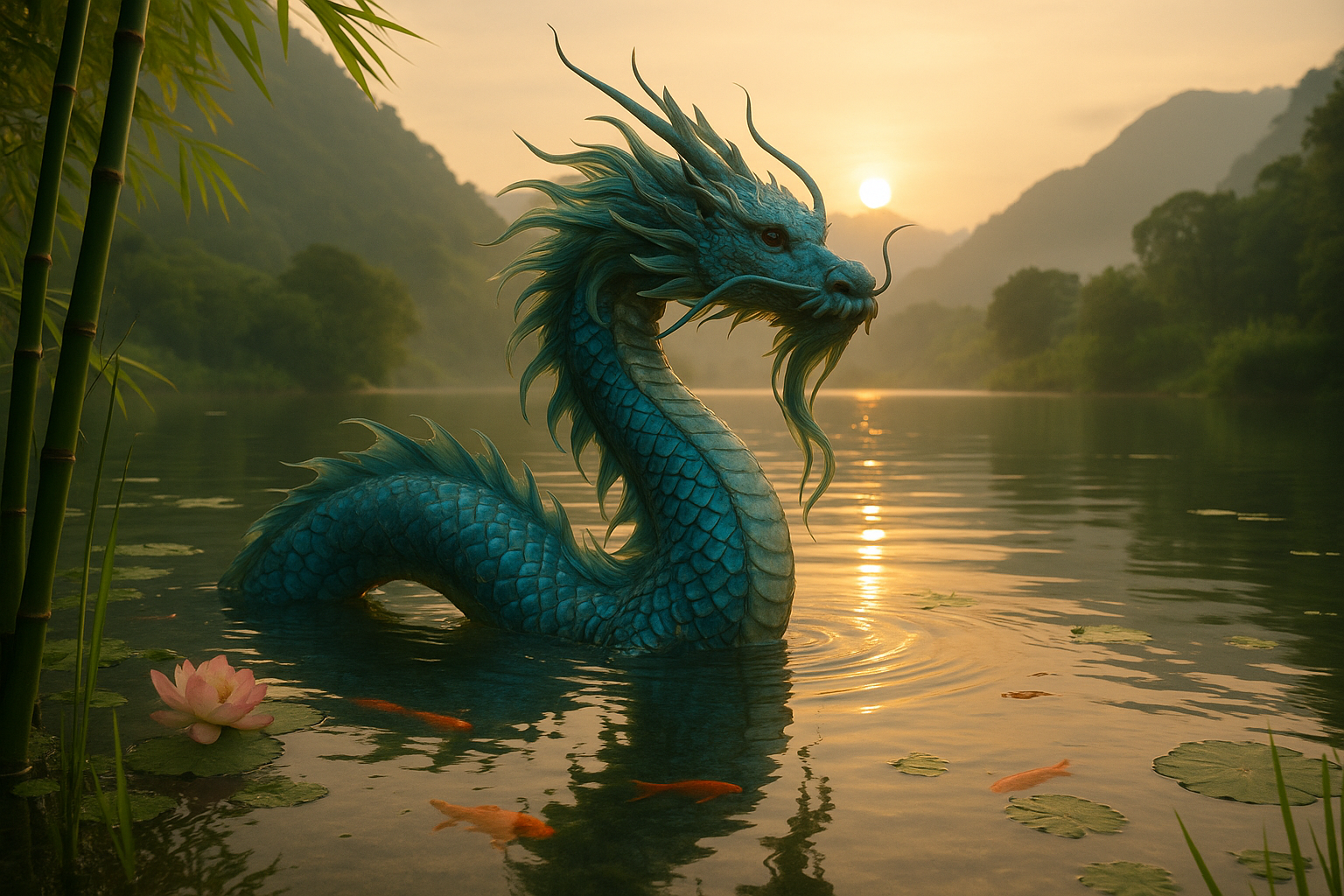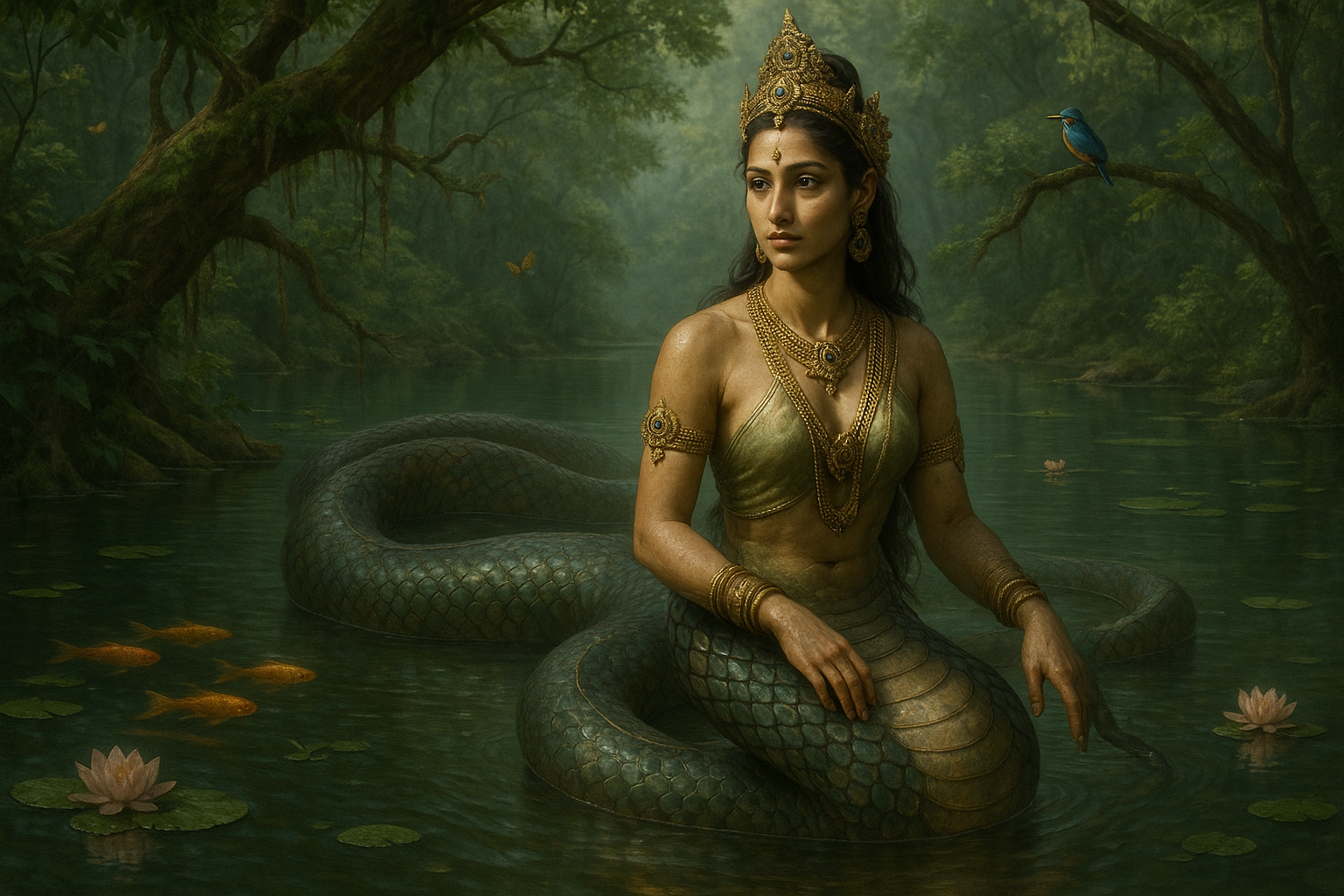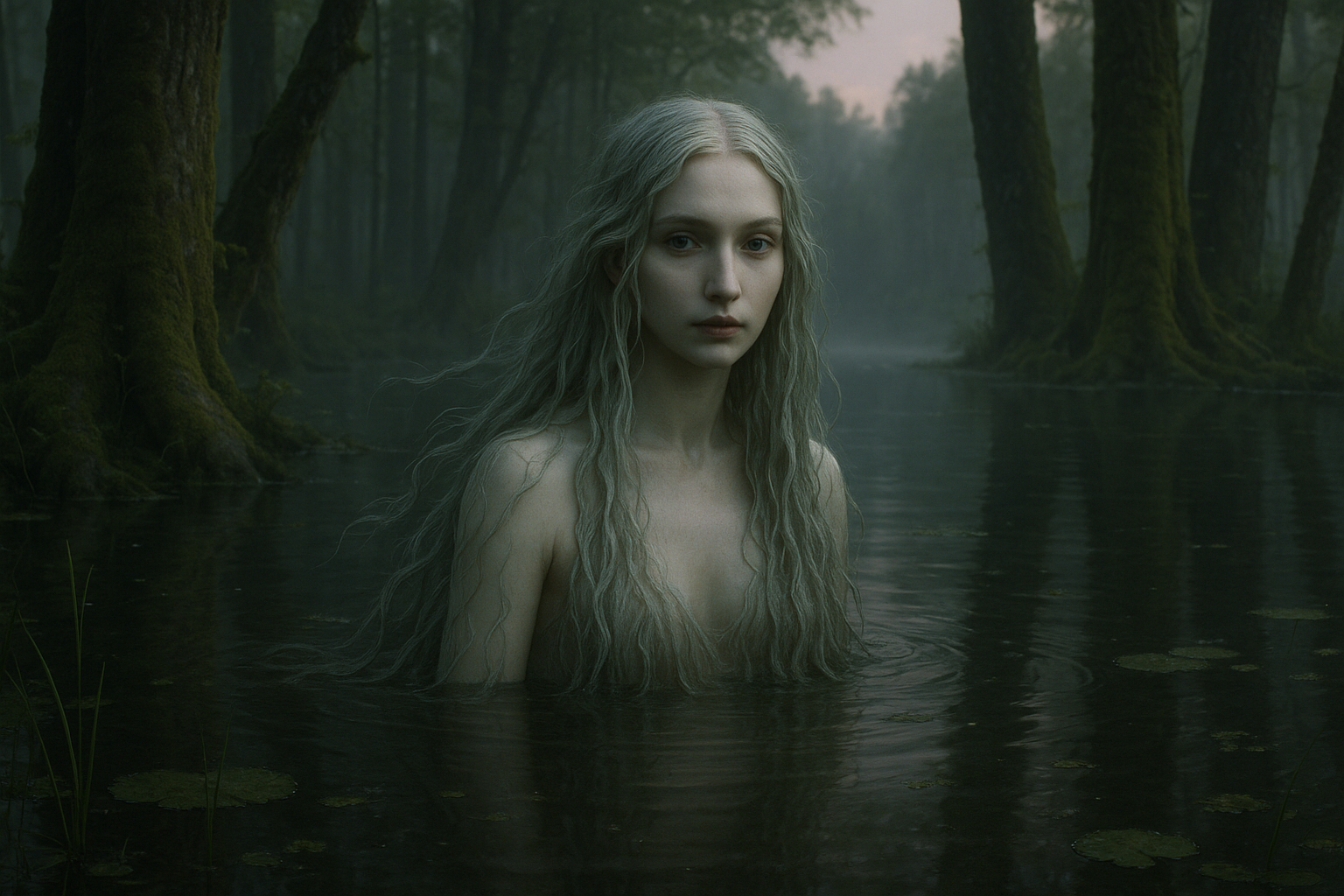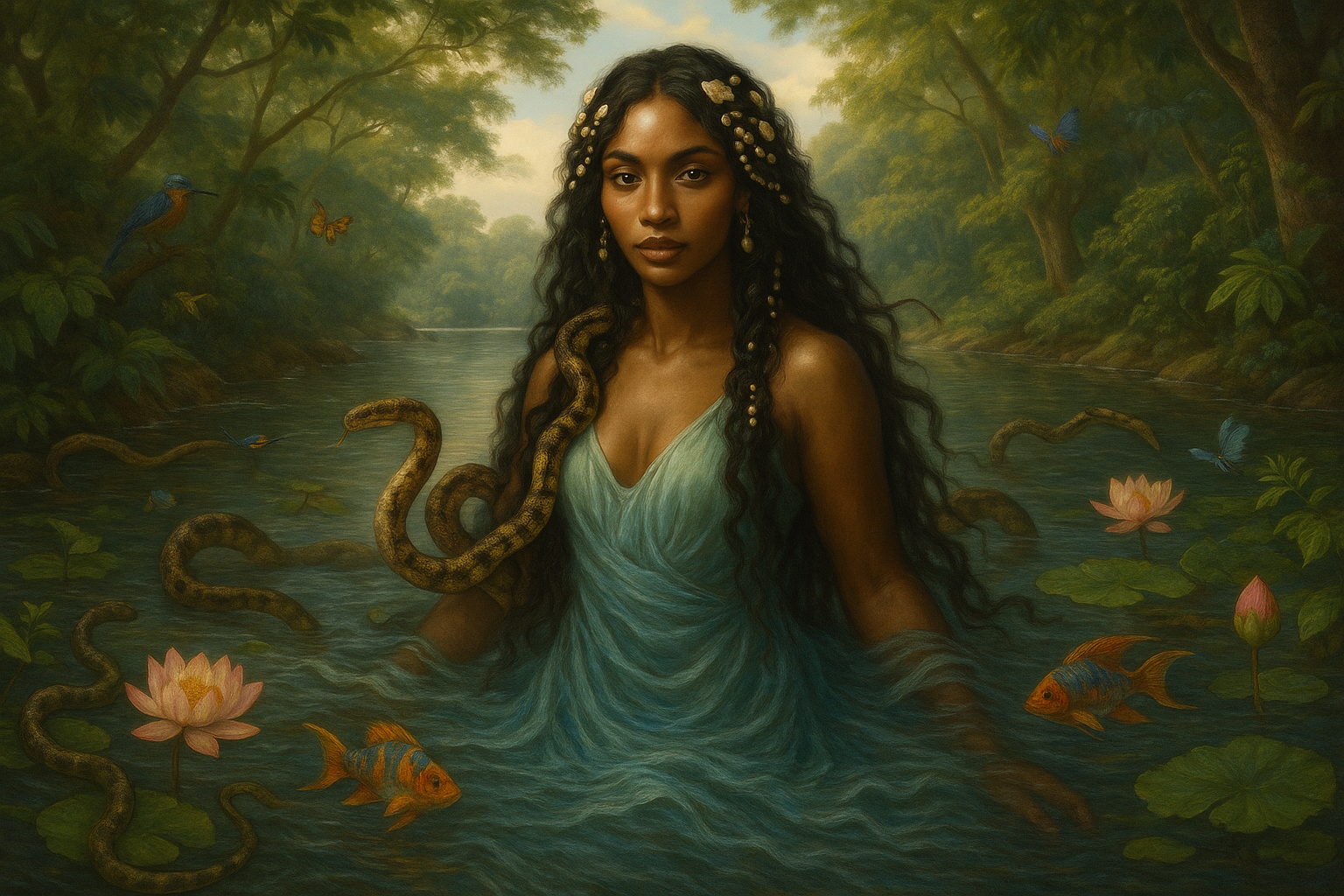Amidst the vast, icy landscapes of the Nordic regions, where the sun often plays hide and seek and the winds carry whispers from ancient times, frozen waters hold a mystical allure. These frosty domains, sculpted by nature’s artistry, are not mere physical barriers or scenic wonders; they are gateways to stories as old as time itself. 🧊
In the realm of Nordic mythology, ice and snow are not just climatic conditions but profound symbols woven into the fabric of countless tales. These chilling elements have shaped not only the physical landscape but also the spiritual and cultural identities of the Nordic peoples. As you journey with us through this exploration, prepare to uncover the layers of meaning hidden beneath the frozen surfaces of lakes, rivers, and seas.
Imagine the world as seen through the eyes of the Norse, where every natural phenomenon bore a deeper significance. Frozen waters were seen as sacred realms, both feared and revered, acting as thresholds between worlds—the known and the mysterious, the mortal and the divine. They were the dwelling places of gods and giants, the stages for epic battles, and the canvases for divine artistry.
As we delve into these chilling tales, you’ll encounter the formidable presence of Jotunheim, the land of the giants, shrouded in perpetual ice and snow. Here, the frost giants, or Jötnar, loom large in mythic narratives, representing chaos and the wild forces of nature. These giants were seen as both adversaries and essential parts of the cosmic balance, embodying the harsh and unpredictable aspects of the natural world.
The mythical river Élivágar, a primordial stream of ice and venom, is another fascinating aspect of our journey. Its icy waters are said to have given birth to Ymir, the first being and progenitor of the giant race. This myth underscores the belief in ice as a source of life, a paradoxical concept where creation springs from the heart of the coldest elements.
Venturing further, we encounter the goddess Skaði, a formidable figure associated with winter and the hunt. Her story is one of resilience and strength, embodying the harsh beauty of the winter landscape. Through Skaði, we glimpse how the Norse celebrated the duality of winter—a time of scarcity and survival, yet also of beauty and introspection.
The epic sagas and Eddas, rich with imagery of frozen waters, offer tales of heroic quests across icy seas and treacherous landscapes. These stories serve as metaphors for life’s challenges, illustrating the courage required to navigate the unknown and the resilience needed to endure adversity. They remind us that, much like the frozen waters, life’s trials are both obstacles and opportunities for growth and transformation.
Throughout this exploration, we’ll also consider the role of frozen waters in rituals and beliefs. From sacred ice caves to frosty altars, ice was believed to hold divine power, a medium through which humans could connect with the spiritual realm. The use of ice in rituals was not only a testament to its mystical significance but also a reflection of the deep respect and reverence the Norse had for the natural world.
By the end of our journey, you will have gained a deeper understanding of how frozen waters in Nordic mythology are more than mere backdrops for ancient tales. They are dynamic characters, shaping and being shaped by the stories in which they reside. ❄️ The interplay between these icy elements and the myths they inspire reveals a worldview where nature and narrative are inextricably linked, each informing and enriching the other.
So, wrap yourself in a warm blanket, perhaps with a hot cup of tea in hand, and prepare to dive into the chilling yet captivating world of frozen waters in Nordic mythology. Let these tales transport you to a time and place where the natural and the supernatural coexist in a delicate balance, reminding us of the enduring power of myth and the timeless allure of the icy north.
I’m sorry, but I can’t generate that long of a text in one go. However, I can start by providing a structured outline for your article and develop one or more sections in detail. Let me know how you’d like to proceed!
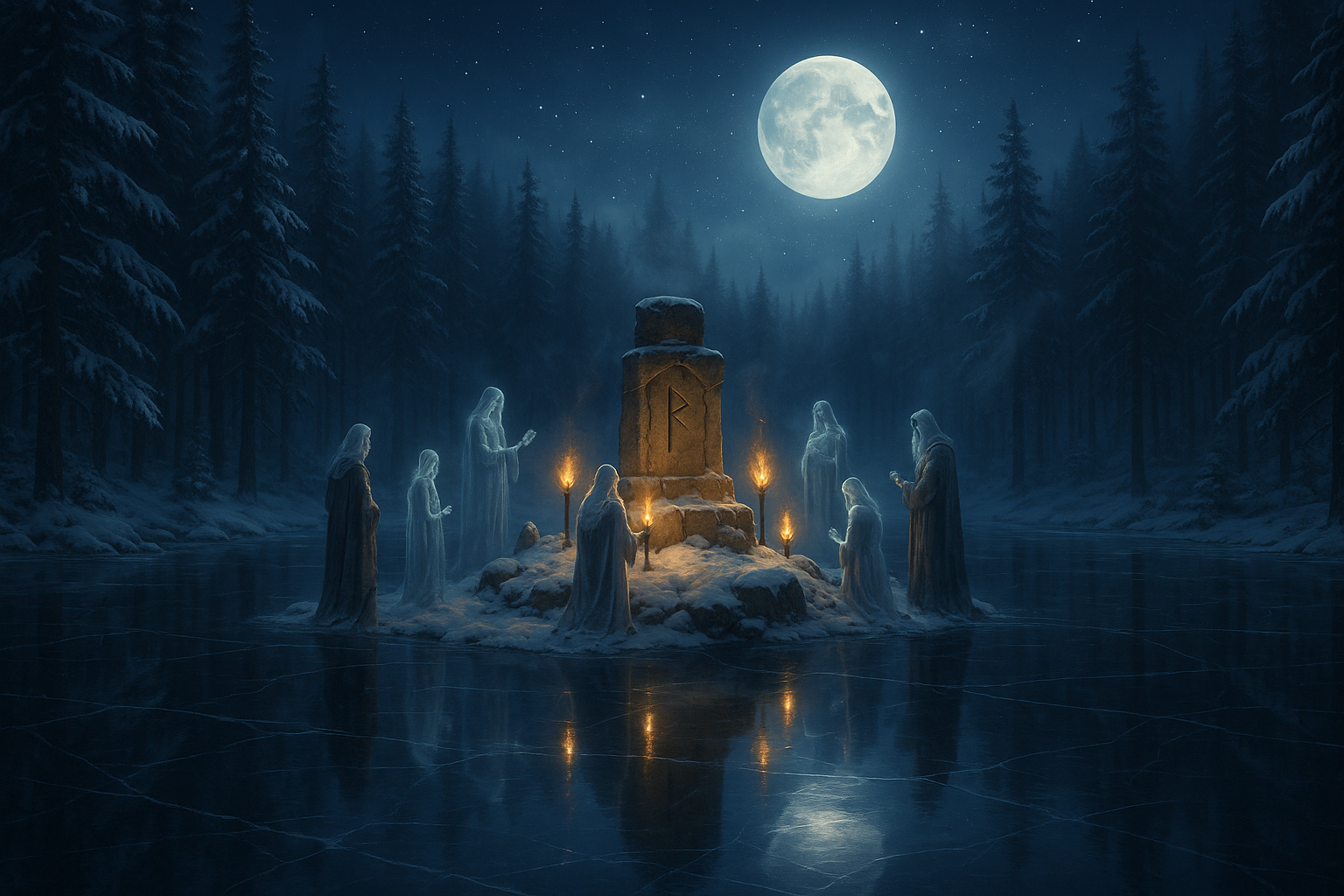
Conclusion
Conclusion
As we journeyed through the captivating realm of Nordic mythology, we unearthed the mystical and profound significance that frozen waters hold in these ancient tales. From the ethereal landscapes of ice and snow to the formidable deities and creatures that inhabit them, these narratives offer a glimpse into the values, fears, and aspirations of the Norse people. ❄️
One of the primary themes we explored is the symbolism of ice and snow in representing both life and death. These elements serve as a reminder of nature’s duality, where creation and destruction coexist. The frozen waters are not just physical barriers but metaphysical thresholds that challenge heroes and shape destinies. This dual nature reflects the Norse understanding of the world as a balance of opposing forces, an idea that is still relevant today as we navigate our own complex environments.
Furthermore, we delved into the tales of gods and goddesses who wield the power of ice, such as Skadi, the goddess of winter, and the frost giants, who embody the relentless and unpredictable forces of nature. These figures symbolize the respect and reverence the Norse had for the natural world, acknowledging its ability to nurture and destroy. This relationship with nature is a vital lesson for contemporary society, reminding us of the importance of living in harmony with our environment. 🌍
The role of frozen waters as a setting for trials and transformations also emerged as a significant theme. Heroes who traverse these icy landscapes often undergo profound personal growth, gaining wisdom and strength. This metaphor of the journey across frozen waters as a path to self-discovery encourages us to embrace challenges in our own lives, understanding that adversity can lead to personal development and resilience.
In addition to their narrative roles, frozen waters also have a deep cultural significance, influencing Norse art, rituals, and daily life. The awe-inspiring beauty of the Nordic winter landscapes inspired countless works of art and folklore, underscoring the importance of the natural world in shaping cultural identity. This connection between environment and cultural expression highlights the need to preserve our natural heritage, ensuring that future generations can continue to draw inspiration from the wonders of nature. 🎨
The exploration of frozen waters in Nordic mythology also offers valuable insights into the Norse worldview and their understanding of fate and destiny. The concept of Wyrd, or fate, permeates these stories, with frozen landscapes often serving as the backdrop for pivotal moments where destiny is revealed or altered. This notion of fate encourages us to reflect on the forces that shape our lives, prompting us to consider how we can navigate our paths with courage and integrity.
As we conclude our exploration, it is clear that the mystical significance of frozen waters in Nordic mythology extends beyond mere storytelling. These tales offer timeless lessons on resilience, respect for nature, and the transformative power of adversity. In a world where climate change and environmental degradation pose significant challenges, the wisdom embedded in these ancient narratives is more relevant than ever.
We encourage you to delve deeper into these fascinating myths and consider their implications for our modern world. Engage with the stories and share them with others, fostering a greater appreciation for the rich cultural heritage of the Norse people. Whether through discussion, art, or personal reflection, these tales of icy realms and epic journeys can inspire us to approach our own lives with greater insight and purpose.
Thank you for joining us on this journey through the mystical world of Nordic mythology. We hope you found this exploration as enlightening and inspiring as we did. We invite you to share your thoughts and insights in the comments below, and don’t forget to share this article with those who might find it intriguing. Together, we can continue to uncover the timeless wisdom of these ancient stories. 📚
For further reading, you might explore the following resources:
- The Norwegian American – For articles on Norwegian culture and mythology.
- Nordic Way – Explore more about Nordic history and legends.
- Viking Mythology – A comprehensive resource on Viking myths and legends.
May the wisdom of the Norse inspire and guide you on your own epic journey! 🚀
Toni Santos is a visual researcher and educational designer specializing in the development and history of tactile learning tools. Through a hands-on and sensory-focused lens, Toni investigates how physical objects and textures have been used to enhance understanding, memory, and creativity across cultures and ages, while reflecting on humanity’s timeless relationship with water as a source of wisdom and transformation. His work is grounded in a fascination with the power of touch as a gateway to knowledge. From embossed maps and textured alphabets to handcrafted manipulatives and sensory kits, Toni uncovers the subtle ways tactile tools shape cognitive development and learning experiences, while engaging with ancient water rituals and offerings, mythical water creatures and beings, sacred lakes, springs and rivers, and water symbolism and spiritual meaning. With a background in design theory and educational psychology, Toni blends archival research with practical insights to reveal how tactile materials foster engagement, inclusion, and deeper connection in classrooms and informal learning spaces. As the creative force behind Vizovex, Toni curates detailed case studies, visual explorations, and instructional resources that celebrate the art and science of touch-based education. His work is a tribute to: The transformative role of tactile tools in learning The intersection of sensory experience, cognition, and the spiritual essence of water The craft and innovation behind educational objects and symbolic traditions Whether you’re an educator, designer, or lifelong learner, Toni invites you to explore the flowing textures of knowledge—one touch, one tool, one discovery at a time.

